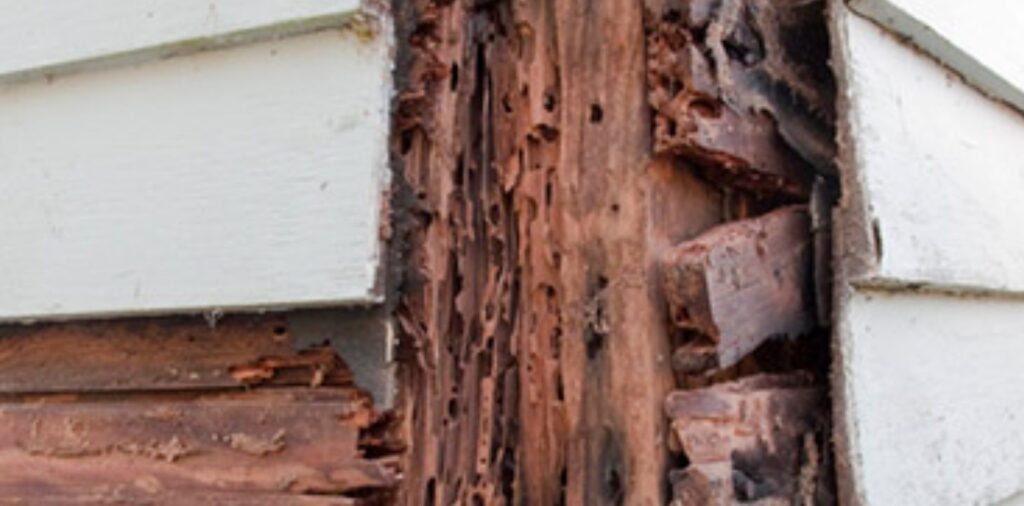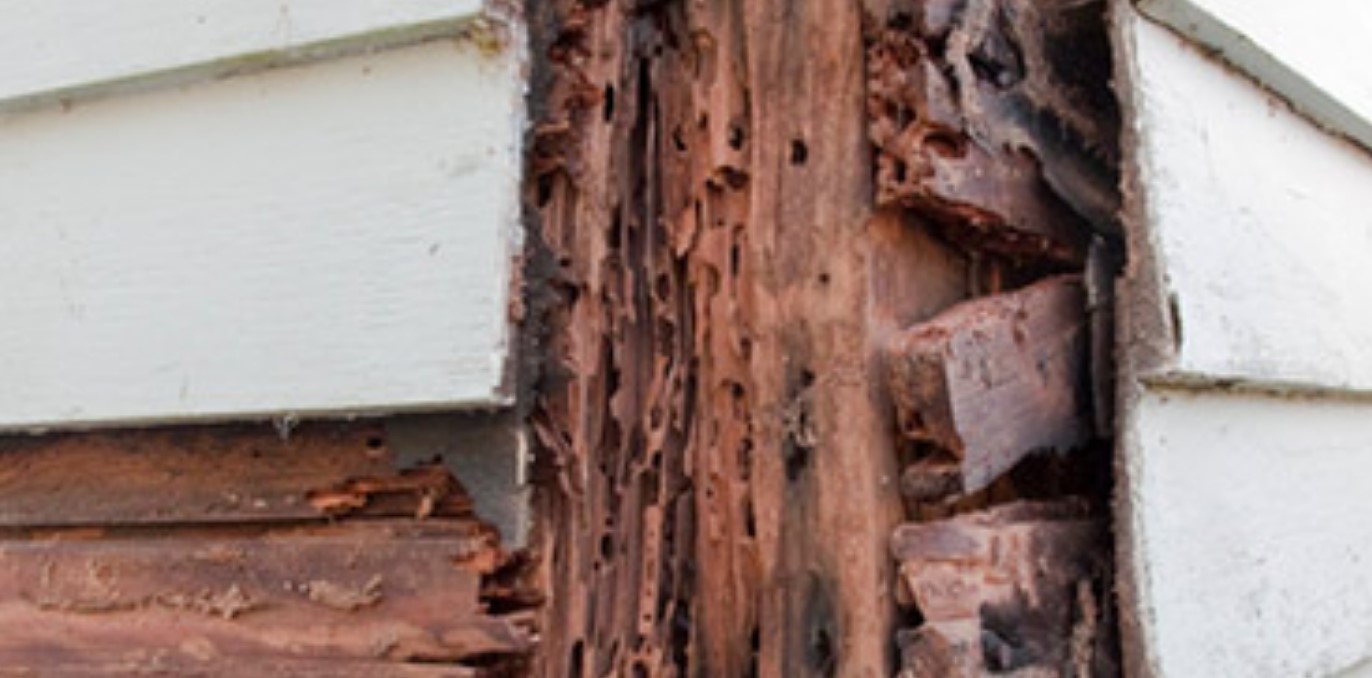Termite damage is a nightmare for homeowners. These tiny pests can wreak havoc on the structure of your home, causing extensive damage that can be costly to repair. If left unchecked, termites can compromise the integrity of your property, leading to safety hazards and decreased property value. However, with the right knowledge and strategies, you can effectively repair termite damage and protect your home from future infestations. In this comprehensive guide, we will explore the various aspects of termite damage repair, from identifying the signs of infestation to implementing effective repair solutions.
Page Contents
Understanding Termite Damage
Before delving into repair strategies, it’s essential to understand the nature and extent of termite damage. Termites are small insects that feed on cellulose materials, such as wood and paper. They live in colonies and work silently, often causing significant damage before homeowners even notice their presence.
There are several types of termites, but the most common ones responsible for structural damage to homes are subterranean termites, dry wood termites, and damp wood termites. Subterranean termites typically nest underground and build mud tubes to access above-ground food sources, while dry wood termites infest dry wood structures and do not require contact with the soil.
Termite damage manifests in various ways, depending on the type of termite and the extent of the infestation. Common signs of termite damage include:

Hollow-sounding wood:
During a comprehensive inspection aimed at assessing potential termite damage, one of the most telling signs to look out for is the presence of hollow-sounding wood. This particular phenomenon occurs as a result of the relentless feeding habits of termites, which target the interior layers of wooden structures while leaving a thin, superficial outer shell intact. Consequently, when one taps or knocks on wood affected by termite activity, it emits a distinctive hollow sound, in stark contrast to the solid resonance typically associated with healthy wood. This hollowing process is not merely cosmetic; it undermines the structural integrity of the affected wood, compromising its ability to bear weight and support load-bearing components of buildings. Thus, the discovery of hollow-sounding wood during an inspection serves as a critical red flag,
Sagging floors or ceilings:
Sagging floors or ceilings are often telltale signs of underlying structural issues within a building, potentially indicative of termite damage. This structural compromise can manifest as noticeable dips or unevenness in floors or ceilings, posing not only aesthetic concerns but also significant safety risks. Sagging floors may indicate advanced termite damage, necessitating immediate attention to prevent further deterioration and potential collapse. Therefore, homeowners should promptly investigate and address any signs of sagging floors or ceilings to identify and mitigate the root cause of the issue, ensuring the long-term stability and safety of their property.
Bubbling or peeling paint:
The appearance of bubbling or peeling paint on walls or ceilings can be an alarming indication of potential termite activity within a building. When termites infest the wooden structures behind painted surfaces, they create moisture pockets as they tunnel and feed on the cellulose-rich material. Over time, this moisture buildup can cause the paint to bubble or peel away from the surface, exposing the underlying damage. Therefore, homeowners should promptly investigate and address any instances of bubbling or peeling paint, seeking professional assistance if necessary, to identify and mitigate the underlying cause and protect their property from termite damage.
Mud tubes:
The presence of mud tubes is a definitive indicator of subterranean termite activity and can be a cause for concern for homeowners. Subterranean termites construct these distinctive tunnels as a means of traveling between their underground nests and sources of food, typically wooden structures in buildings. Spotting mud tubes along the foundation walls, crawl spaces, or other areas of a property can indicate an active termite infestation and should prompt immediate action. While subterranean termites prefer to remain hidden from sight, the presence of mud tubes offers a visible clue to their presence. Homeowners who observe mud tubes on their property should seek professional assistance from pest control experts to assess the extent of the infestation and implement appropriate termite treatment measures to prevent further damage to their home’s structure.
Swarmer:
Swarmer, also known as termite alataes, are reproductive individuals that emerge from termite colonies in search of mates to establish new colonies. Spotting swarmer’s indoors or finding discarded wings near windowsills or light fixtures can be alarming for homeowners, signaling the presence of a nearby termite colony. While swarmer’s themselves do not cause damage to structures, their presence indicates the potential for a more significant infestation that could lead to extensive damage if left untreated. Therefore, it’s crucial for homeowners to take immediate action upon discovering swarmer’s, including contacting pest control professionals to conduct a thorough inspection and implement appropriate termite treatment measures to eliminate the infestation and protect their property from further harm.
If you notice any of these signs, it’s crucial to take immediate action to assess the extent of the damage and initiate repairs to prevent further deterioration of your home’s structure.
Assessing Termite Damage
Before embarking on termite damage repair, it’s essential to conduct a thorough assessment to determine the extent of the damage and identify areas that require attention. This assessment typically involves inspecting both the interior and exterior of the property for signs of infestation and damage.
Look for signs of wood damage, including hollowed-out wood, mud tubes, and termite swarmers.
Next, inspect the exterior of your home, focusing on the foundation, siding, and wooden structures such as decks and fences. Check for mud tubes along the foundation walls, as well as any cracks or gaps that could provide entry points for termites. Trim back vegetation and remove any wood debris from around the perimeter of your home to reduce the risk of termite infestation.
If you’re unsure about the extent of the damage or need assistance with the assessment process, consider hiring a professional pest control expert or home inspector to conduct a thorough inspection and provide recommendations for termite damage repair.
Termite Damage Repair Strategies
Once you’ve assessed the extent of the termite damage, it’s time to implement repair strategies to restore your home’s structural integrity and prevent future infestations. The specific repair methods will vary depending on the severity of the damage and the type of termite involved. Here are some common termite damage repair strategies:
- Replacing Damaged Wood: In cases where termite damage has compromised the structural integrity of wooden beams, joists, or other load-bearing components, it may be necessary to replace the damaged wood entirely. This involves removing the affected wood and installing new materials to ensure the structural stability of the building.
- Reinforcing Structural Supports: In some instances, it may be possible to reinforce damaged structural supports rather than replacing them entirely.
- Treating Infested Wood: This approach is most effective for localized infestations and may require the assistance of a professional pest control expert.
- Repairing Moisture Issues: Repair any leaks or water damage, improve ventilation in damp areas such as basements and crawl spaces, and consider installing a vapor barrier to prevent moisture buildup in the soil.
- Implementing Preventive Measures: . This may include regular termite inspections, applying termite-resistant coatings or treatments to wooden structures, and maintaining proper drainage around your home to prevent water accumulation.
Conclusion
Termite damage repair is a critical aspect of maintaining the structural integrity and safety of your home. By understanding the signs of termite infestation, conducting thorough assessments, and implementing effective repair strategies, you can mitigate the damage caused by these destructive pests and protect your property from future infestations.




